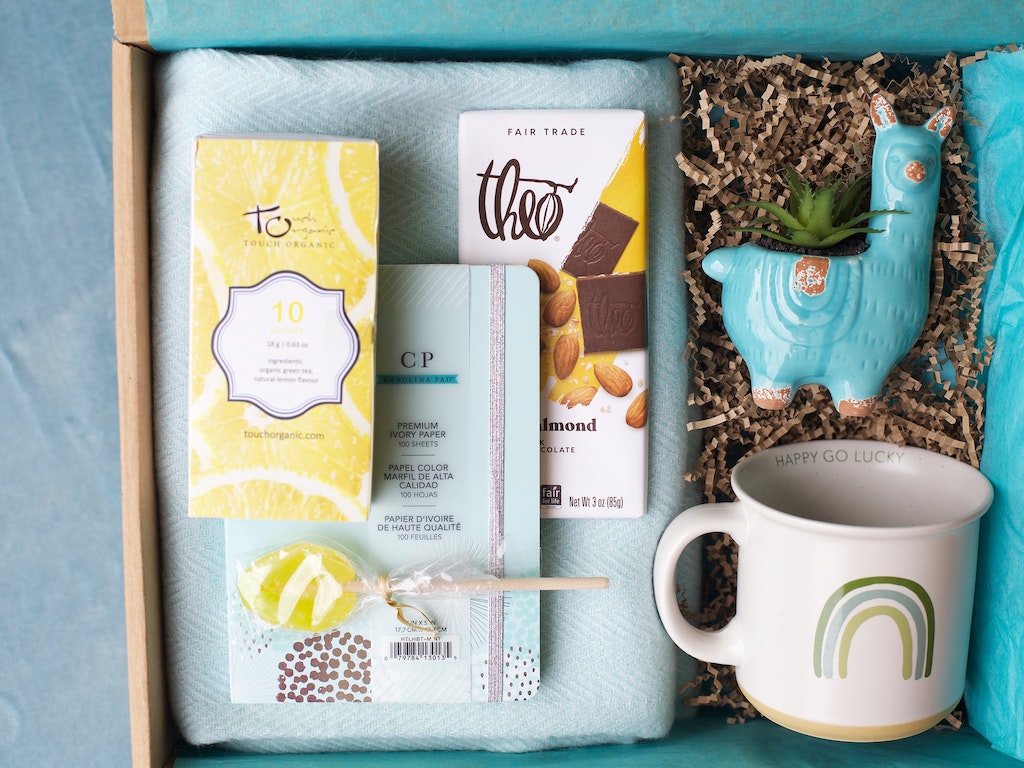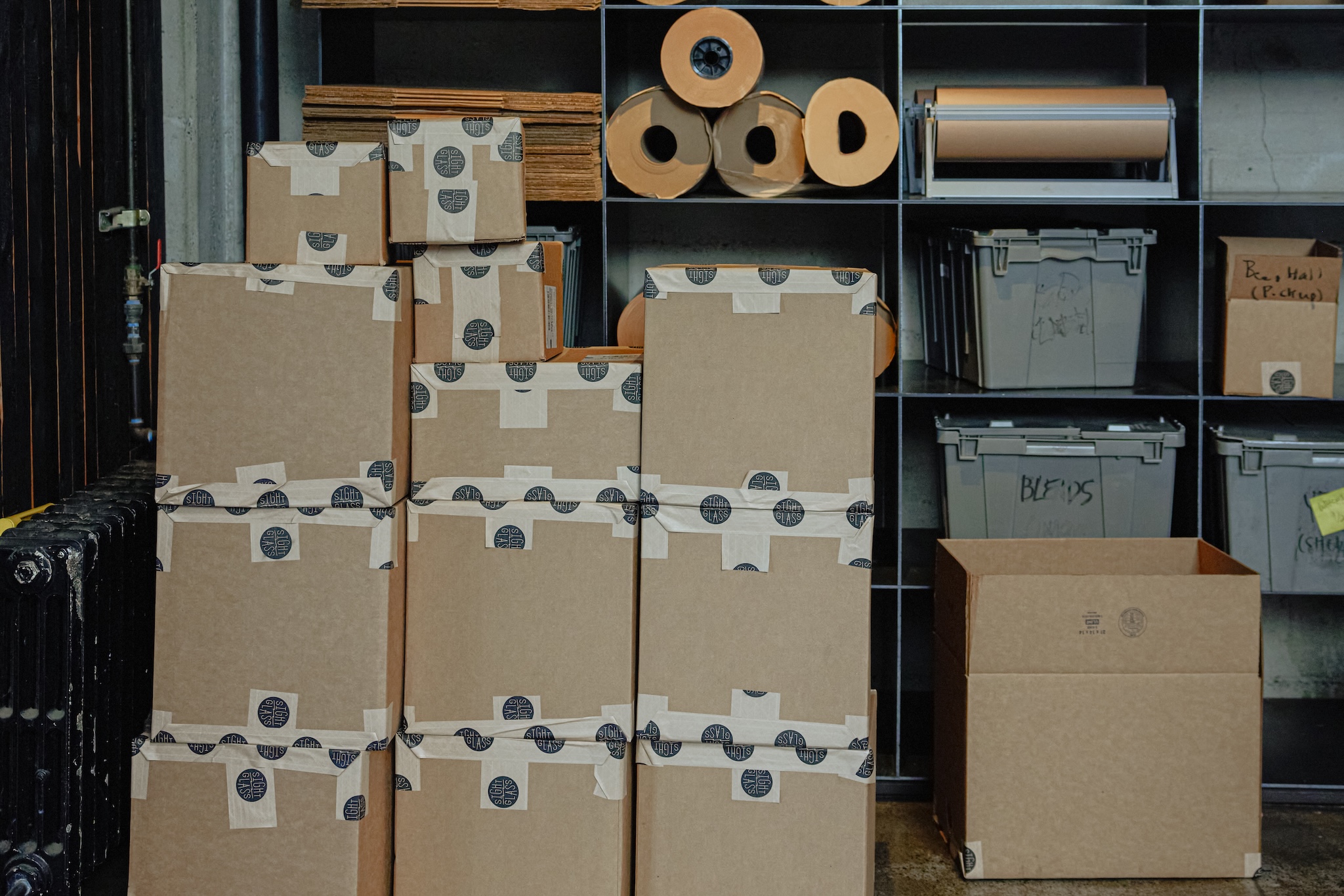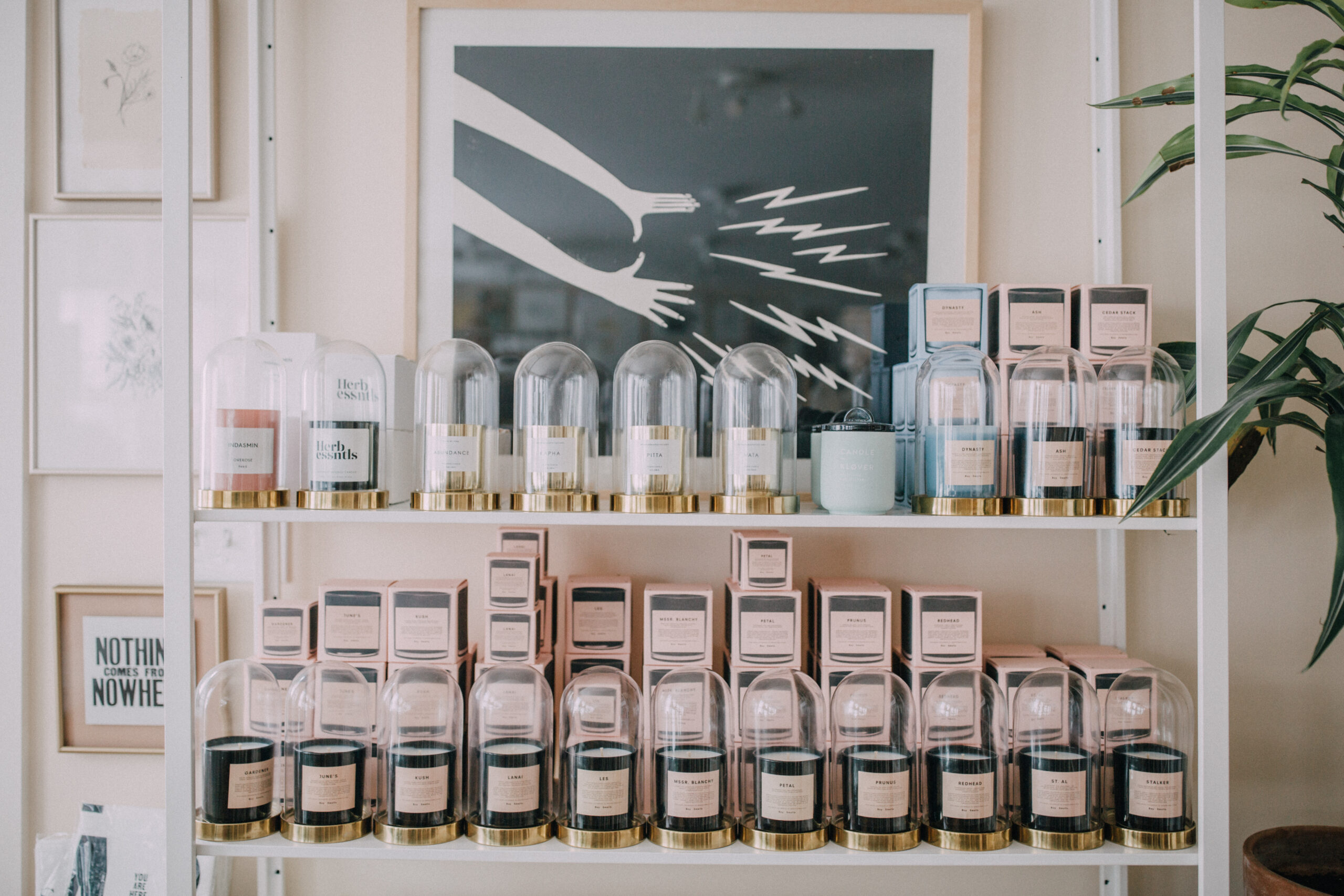

Inventory can be a double-edged sword: Too little and you risk missing out on sales, too much and you end up with excess stock. You can curate carefully, but it’s impossible to perfectly predict buyer behavior. Plus, trends can change on a whim and seasonal items don’t always land, which means even the most successful stores still run into problems getting lower-demand products off their shelves.
Thankfully, with a little insight and agility, you can strategically repackage excess items while still giving your customers what they want.
What is excess inventory?
Excess inventory is when you purchase more than is needed given the current demand or beyond what’s needed for your sales forecast. As we mentioned before, sometimes having a surplus of inventory can’t be predicted or prevented. And while there’s a lot you can do to repurpose and repackage excess stock, which we’ll get to later, there are some downsides to this overabundance.
To start, excess inventory takes up space either in your store or in storage. This can be expensive, whether you need to pay for extra storage and the utilities to go along with it or extra people to manage it. What’s more, items stuck in storage tend to depreciate the longer you hold on to them, especially if they’re something like technology that can be replaced by upgrades (or even become obsolete).
Purchasing extra goods that aren’t necessary at the moment can also tie up your cash funds, meaning you may not have the budget to buy trending items that you know will sell right away. Ultimately, having excess goods on hand can eat away at profitability if you have to discount it to get it out the door.
How to minimize excess inventory
If you have data from previous years—or data from Faire, like our buying calendar—use it to your advantage. Do you notice any patterns? Make a note of the sorts of items that sell best and the products that just won’t budge on your shelves. When you’re trying out a new product, consider a smaller order so you don’t overcommit before seeing how your shoppers respond.
Try not to rely on intuition alone, which can often result in over-ordering. Also, be aware of bulk ordering from suppliers. While you may get a discount by ordering in bulk, you could find yourself overstocked in the long run if demand dies down.
While customer demand is difficult to foresee, especially now with light-speed virality on TikTok and other social media sites, do your research where you can. Read Faire’s trend reports for a macro view and use Google Keyword Planner and Google Trends to see what products have piqued consumer curiosity so much that folks are searching for them online and in your area.
5 tried-and-true ways to make old inventory new again
1. Breathe new life into your visuals
The power of a “fresh coat of paint” works wonders for items you can’t sell. You could take product photos that speak to the upcoming season, for example. Or you could try an untapped angle, like the perspective shot, which allows you to showcase your product in comparison to other common items (helpful if you have, say, a small wallet or gadget whose size adds to its value). Offering your buyers context and building your items into a thoughtful display can both grab the attention of your customers and motivate them to buy.
If you haven’t tried a video, consider the 55% of shoppers who bought gifts based on online videos in Meta’s holiday marketing guide. Instagram Live is another helpful way to offer buyers a more intimate look at your product.
A low-effort visual makeover could include refreshing your website, whether by creating a new landing page or moving items to different sections so they’re more visible. Perhaps you bought a lot of red pieces for the holidays; these could naturally be incorporated into a Valentine’s Day section or display. Too much green? Fold them into a St. Paddy’s day–themed collection. While you’re at it, make sure your product title and descriptions sound enticing and cover proper SEO standards to optimize search.
To motivate shoppers even further, you could offer free shipping on these reinvigorated items. According to a Deloitte study, 88% of consumers prefer it over “fast” shipping.
2. Bundle, bundle, bundle
When a product isn’t moving, it’s often because your customers can’t visualize how they’d use it or don’t think it’s worth buying on its own. Bundling has the power to offer context and reassure customers that they’re getting a good deal. By taking a group of products and selling them at a slightly lower price than if they were bought separately, you maintain your margins and profit on the sale.
You could:
- Pair fast-moving products with slow-moving products
- Bundle multiples of the same product
- Pair the excess item with a low-cost item that adds perceived value
- Sell complementary products together (like a slow-moving cookie dough scoop paired with your bestselling flavor, or a sluggish satin pillowcase with everyone’s favorite ice roller)
You could even consider starting a subscription program, folding in certain low-cost items as an added value.
3. Surprise, delight, and build loyalty with free items
Threshold offers like “spend $XX amount and receive a free set of cocktail napkins” can help you get more out of each sale while getting excess inventory out of the warehouse. Customers get more value for their money, which lowers the barrier to purchase and maximizes your sales—without devaluing your brand.
Similarly, you can offer a free gift with purchase to those who sign up for your newsletter, nudging both the purchase and locking in an email for longer-term engagement. You might also consider integrating the idea into your marketing efforts, offering a free gift to anyone who refers a new buyer to your brand. Especially with lower-cost items, this is a nice way to create buzz around your business and inspire positive feedback and testimonials.
If freebies aren’t working, another related angle is the “giveaway.” In Deloitte’s report on “The true value of customer experiences,” 90% of those who received a free gift from an e-commerce retailer said they were “somewhat likely” to buy more frequently. While you don’t get any face value out of these initiatives—you’re quite literally giving away product—this tactic has a surprise-and-delight factor that builds good will and keeps customers curious.
4. Throw a sale, but make it strategic
In today’s economic climate, everyone is looking for a deal. According to a 2022 study by RetailMeNot, 78% of consumers believe that coupons or discounts add value to their purchase, 66% say they make them feel smarter, and 59% use coupons regularly.
When deciding whether to display a percentage off versus a dollar amount, consider “The Rule of 100” developed by Jonah Berger, marketing professor and author of Contagious: Why Things Catch On:
- Items under $100 benefit from a percentage discount: 10% off a $50 French press is more appealing than $5 off, even if it nets out equally.
- Items over $100 move faster with a dollar-off discount: $80 off a $400 jacket just feels like a better deal than 20% off.
When in doubt, a little personalization goes a long way. According to a HubSpot survey, shoppers want to feel heard, appreciated, and valued, and Google reports that “people are 40% more likely to spend more than planned when they identify the shopping experience to be highly personalized.”
There are countless ways to incorporate different levels of personalization, both online and in stores:
- Group your sales into preferences and motivations—for example, “spice lovers” or “eco-friendly”—so it’s easy for shoppers to see how they fit into your narrative.
- If you have a brick-and-mortar, incorporate some of the tactics from tip #1 into your visual displays to create a personalized in-store experience plus sale prices.
- If you have data on your shoppers’ sizes or product preferences, send them customized emails on relevant items that are on sale. For example, a kitchen tool they put in their cart but never bought or a sneaker in their size that you can’t move.
“Flash sales” are another handy tactic that plays into shopper FOMO (fear of missing out). The sense of urgency compels them to take action now so they don’t have to pay full price later. “Low-stock” and “limited-inventory” labels amp up the scarcity mindset, encouraging shoppers to snag theirs before it’s too late. You could even combine both tactics for double the FOMO.
Make sure to share the details of your special offer via email and on your brand’s website, blog, Faire shop page, and social media channels so you can reach as many customers as possible. It might seem obvious, but you can’t just put things on sale and assume buyers will come.
Another idea is to have a “clearance” area accessible to shoppers at all times, so those looking for deals can always find them. You don’t have to use the word “sale” or “clearance” here, either. Play to your brand voice but remain clear, like Lululemon’s “We made too much” section.
5. If all else fails…
Donating items can be a good option for the ones that are particularly difficult to sell. It not only clears up inventory resources but can also improve your brand image, especially when your chosen charity resonates with your values and those of your shoppers. (It comes with a nice bonus in tax deductions, too.)
Alternatively, try contacting your suppliers to see if they might accept returns. Point to the fact that your inventory is still “new with tags,” undamaged, and unused. You could also mention that the item in question was the wrong fit for your market. If the supplier wants to keep you as a seller, there’s a good chance they’ll give you a break. If the item in question is a first-time order through Faire, you can return those items for free within your designated return window.
While excess inventory can be a frustrating challenge, it’s also a unique opportunity to get creative and provide special customer experiences. Sometimes, it’s just the incentive they need to become loyal for life.



